CDs and DVDs are old ways to watch movies or play music/audio. So, they became a big part of our childhood, and I know that until this generation, they are still rationally being used because of their durability and flexibility.
In the world of digital storage, the debate between CDs and DVDs has been hot ever since. Although they almost serve the same purpose, each indeed has unique characteristics.
Multiple versions of CDs and DVDs have been created, and we have gathered all the details to answer your questions. This article will give you an extensive understanding of CDs and DVDs and other important information, such as their capacities, uses, and technological advancements. Ultimately, you will know which best suits your needs.
Part 1. CD vs DVD: What Sets Them Apart
We all know that CDs and DVDs are almost identical; they are optical storage media. The only significant differences are the storage capacity, technology, and some typical uses.
CDs
Regarding storage capacity, a compact disk can hold around 700 megabytes (MB) of data, suitable for audio albums, software distribution, and data storage. There's also a version of Mini CDs with smaller capacities, but don't underestimate it, as some artists, musicians, and businesses mostly use this Mini CD.
- Pros
- Sound Quality: It can supply clear and precise sound duplication by providing high-quality audio.
- Durability: When it comes to durability, CD is better than vinyl records or floppy disks
- Easy to use: It's very beginner-friendly. Just insert the CD into a player, and then you're ready! There is no need to set up or do any other type of installation.
- Quality: It is reliable for long-term storage as long as it is properly maintained.
- Accessible: Accessible in a way that it can be used for offline activities. No internet connection is needed!
- Cons
- Limited Storage Capacity: A CD might not be the best choice if you need more storage for your data.
- Fragile: Fragile is not like glass but is more likely a sensitive state, as it is sensitive to scratches and dents, which can cause the CD not to work correctly.
- Wear and Tear: Repeated use of a CD can lead to physical damage, affecting the quality of the playback.
DVDs
Meanwhile, a Digital Versatile Disk can provide remarkably more extensive storage than CDs. There are two types of digital versatile disks: single-layer and dual-layer. A typical single-layer digital versatile disk can store roughly 4.7 Gigabytes of data, while the usual dual-layer digital versatile disk can store roughly 8.5 gigabytes. With this capacity, DVDs are the best for storing bigger files, such as higher-quality videos and capacious software.
- Pros
- Video and Audio Quality: It can provide quality video with support for standard-definition video (480p) and high-quality, multi-channel audio.
- Durability: DVDs are more durable than CDs, mainly for handling and storage. They are resistant to skipping or data loss caused by scratches.
- Easy to use: It's very beginner-friendly. Just insert the CD into a player, and you're ready! There is no need to set up or do any other type of installation.
- Accessible: Accessible in a way that it can be used for offline activities. No internet connection is needed!
- Compatibility: DVDs can be played on various DVD players, making them accessible (computers with DVD drives and multiple game consoles).
- Data Formats: Various data formats are available: DVD-ROM, DVD-R/DVD+R, DVD-RW/DVD+RW, DVD-RAM, and Dual-Layer/ Double-Sided DVDs.
- Cons
- Inconvenience: Knowing its compatibility, it is still inconvenient as it requires a dedicated player, unlike digital files.
- Quality Limitations: As mentioned, DVD provides standard-definition video quality (480p) compared with high-quality definition formats like Blu-ray (1080p).
- Environmental Impact: It was made of plastic and other dangerous materials for our mother Earth.
Part 2. Best Physical CD and DVD Players
All physical players use a laser to run over the data encrypted on the disc. So, it is essential to keep the disc secured and not let it have any damage, such as scratches or debris. Here are some examples of a physical player:
1. Standalone CD/DVD Player
This player is specifically designed for playing CDs or DVDs and is often used for audio systems at home. It is easy to control, as it has a button or a remote control to pause, play, skip, or stop features. Tracking was manageable, as it had a digital display showing the track number and the playback time. Other versions of this player are programmed to have a feature where you can choose whether it will play the track randomly or in repeat mode.
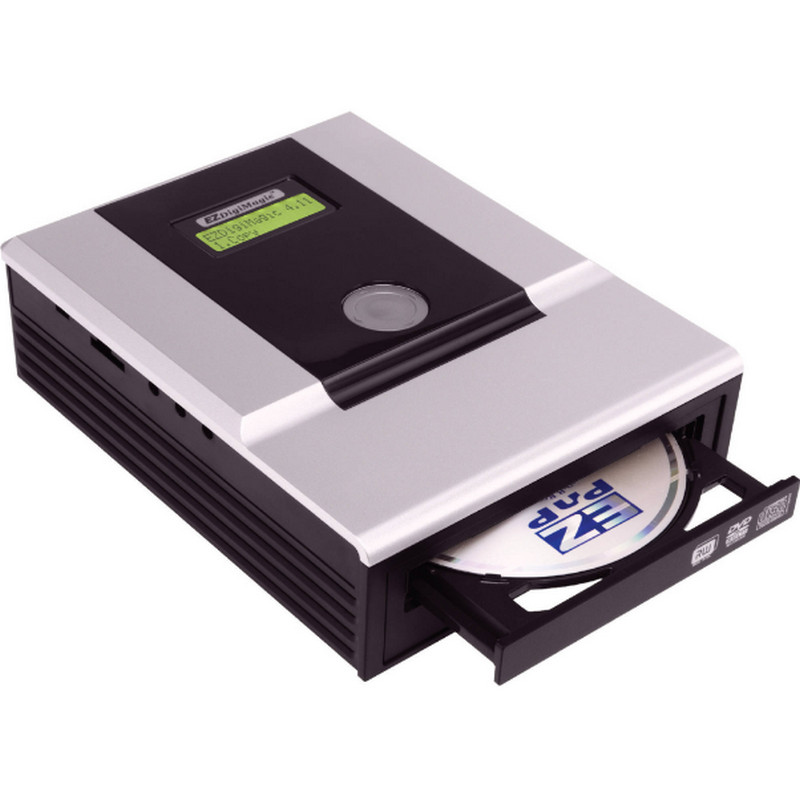
2. CD/DVD/Blu-ray Player
This player's best feature is that it can play various disc formats, making it a flexible option for home entertainment. Packaged with HDMI, optical, or RCA outputs to connect to modern TVs and audio systems, it can offer upscaling for Blu-rays and DVDs.
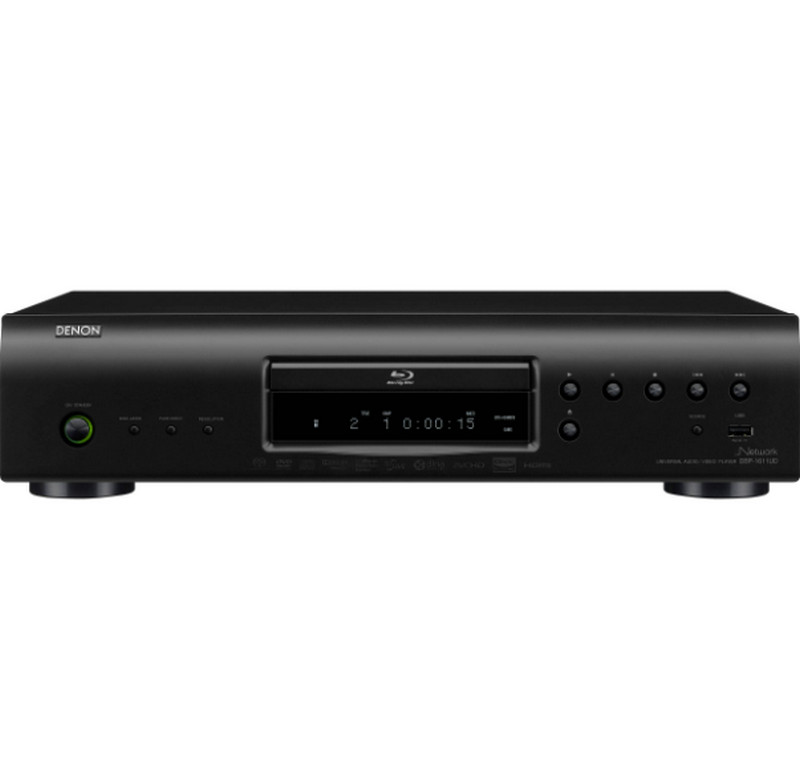
3. Portable CD/DVD Player
This player is compatible because it is small and lightweight. It has a built-in speaker or an output for headphones and external speakers. It can use battery-operated or rechargeable power sources.
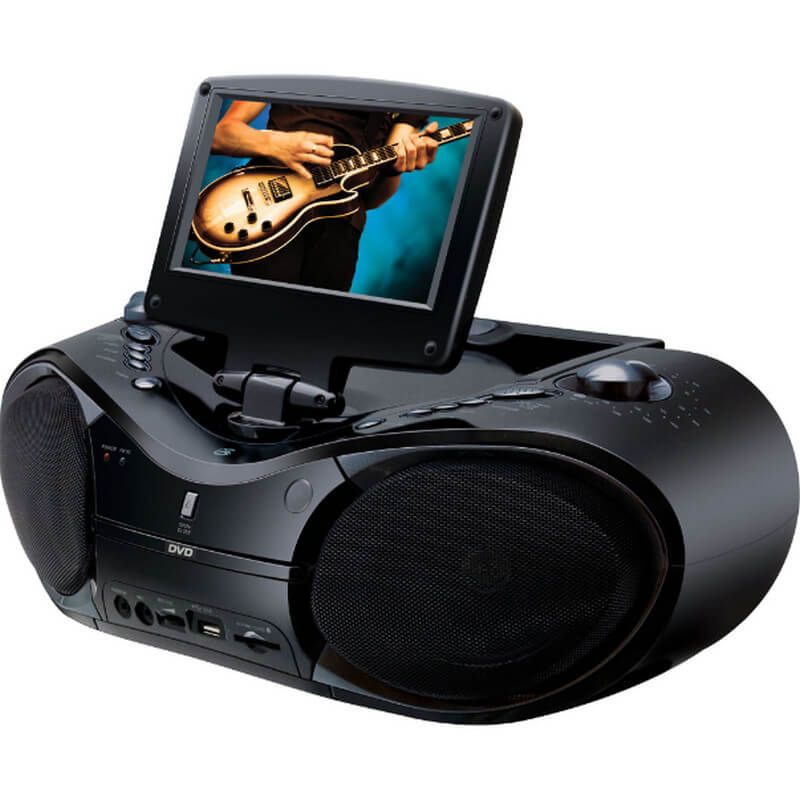
4. Car CD Player
It is designed for vehicle use and built into the car's audio system. It is more advanced, with features like radio and Bluetooth connectivity. It usually has a digital display showing the track number and playback time. It is controlled through the car's dashboard or steering wheel buttons.
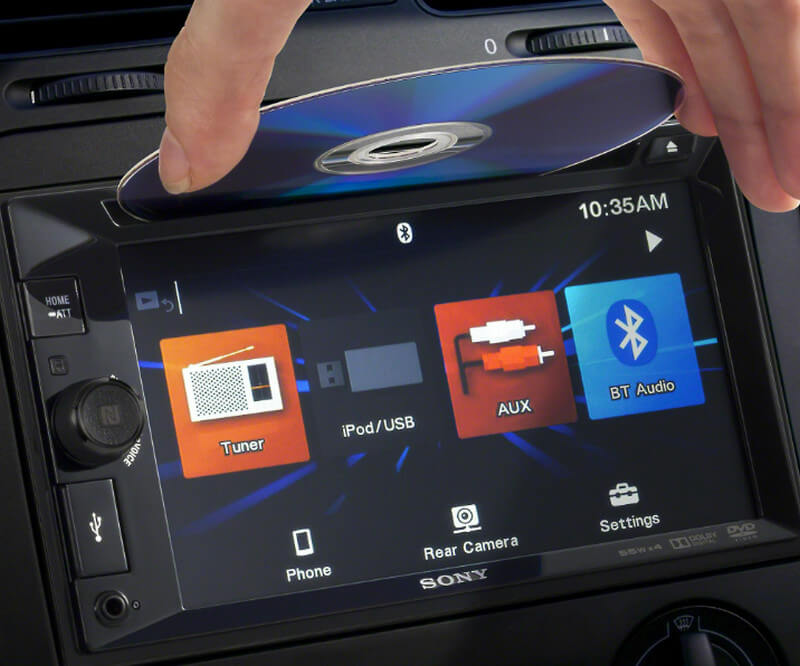
5. CD-ROM Drive
A CD player for a computer can also work as an external drive to read data CDs. It allows a computer to access all the data stored in the CD, including software, games, and documents.
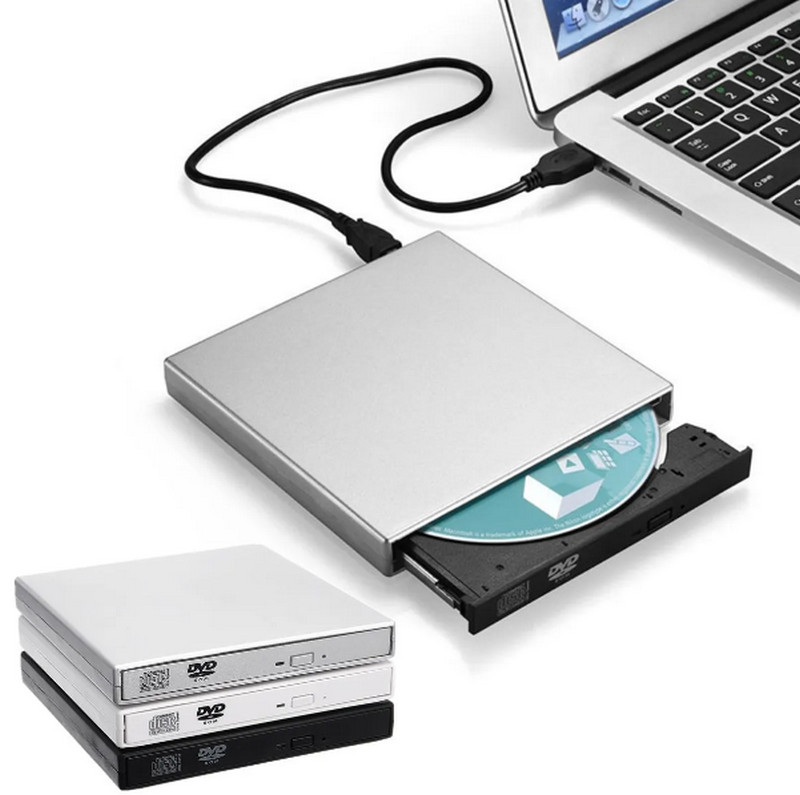
Part 3. Best Media Player Software
In this article, we discussed what we think is the best media player. However, we still need your consideration to find the features that will match your needs, such as supporting subtitles, video filters, or advanced audio settings.
1. AVAide Blu-ray Player
AVAide Blu-ray Player is a flexible media player that handles high-definition video formats. Available for Windows operating systems, various formats for Blu-ray discs, DVDs, MKV, AVI, MP4, MOV, and many more. Competent in playing 4K Ultra HD Blu-ray discs, it can provide high-definition quality and audio, not just for regular DVDs but also for DVD-Video, DVD-R, and DVD+R compatible for DVDs. It can handle full HD (1080p) content in clear visuals, supported by Dolby TrueHD and DTS-HD Master Audio for high-quality audio. You can adjust the audio setting for a better audio experience to enhance your listening experience!

TRY IT FREE For Windows 7 or later
 Secure Download
Secure Download
TRY IT FREE For Mac OS X 10.13 or later
 Secure Download
Secure DownloadIt is suitable for beginners because it is user-friendly. It is easy to navigate menus, access playback control, and manage media. Great news! Make it your own since you can customize the interface based on your preferences. Subtitle synchronization and chapter navigation are some of the available features. These additional features are helpful because you can take a screenshot of the video playback and make bookmarks to quickly return to the exact page or time in the video or movie.
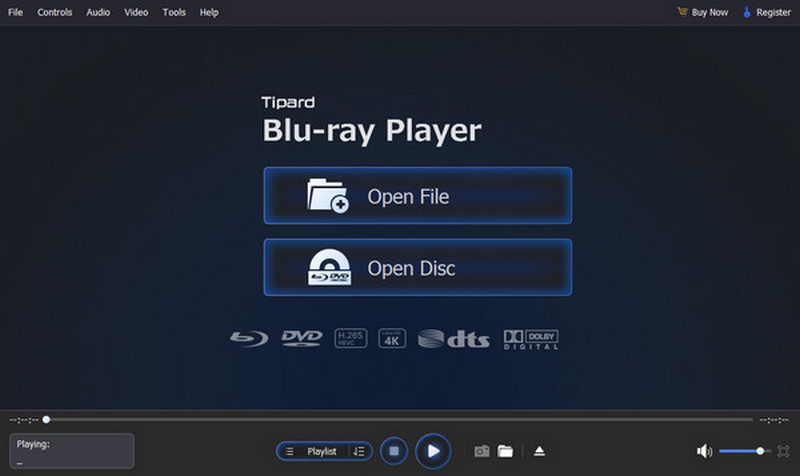
2. VLC Media Player
A wide range of audio/video formats are supported, and basic features such as subtitles, filters, and playback control are provided. Extensions and plugins can be added to adapt the player to your needs. It is available on various platforms, such as Windows, macOS, Linux, Android, and iOS. It has a lightweight design, an extensive feature set, and media conversion and streaming capabilities.
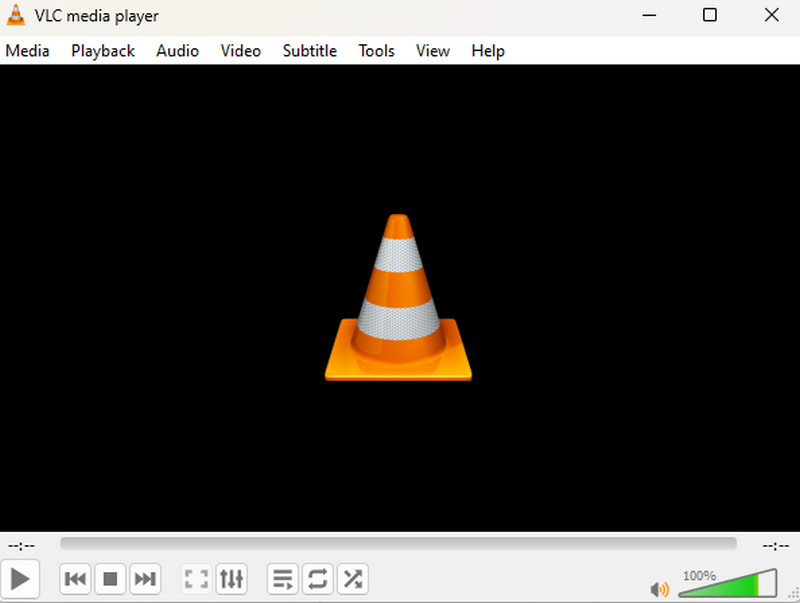
We hope that we were able to help you decide. CD vs. DVD: Both work best. This post can help you decide, and we provided some players you can use based on your preferences, physical or software. Furthermore, check each player, especially the AVAide Blu-ray Player.
Full-featured multimedia player to play Blu-rays, DVDs, 4K UHDs, and other video/audio files.




